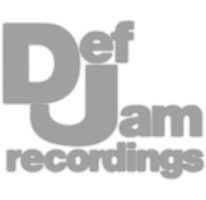An EQ’s Q is often chosen somewhat arbitrarily. We pick it because it looks good, or seems to fit with the type of curve we’re trying to create.
Eq matching has become a popular way to either match or separate instruments quickly.
Most of us have heard the saying, “there are no shortcuts in audio.” Although this may be true in most situations, sometimes new technologies come along that drastically speed up the audio editing, mixing, or mastering process.
The best way to distort or compress specific frequencies is by using an emphasis and de-emphasis equalization technique.
There are of course many ways to avoid recording plosives during tracking, but what if that option is long past, and you’re stuck with a plosive heavy track?
If your track has been cut too short, place a reverb on the track, and adjust the reverb time to be in time with the tempo. Next automate the wet-dry function of the reverb to just the very end of the track.
If we’ve heard it once, we’ve heard it a hundred times - don’t record too hot in a digital recording set up. The reason for this being, that by doing so, you’re limiting your headroom.
Parallel compression is a well known and often used method for creating a great sounding mix. It can be used before or during mastering, on instrument groups, and even on individual instruments.
EQ matching plugins read, analyze and match the frequency response of your audio, with that of another audio source.
Sometimes a mix, 808, kick, synth or bass guitar needs some help. More times than not, the issue lies in the lack of harmonics in the instrument or mix.
Although some functions are the same from plugin to plugin (i.e. ratios on compressors, or bands on equalizers), some are completely tied to just one plugin’s design.
If you’ve used these compressors, or intend to do so in the future, read along to know some strange but incredibly important facts about how they function.
Understanding distortion can be a difficult task. Especially when multiple types are available, and can go under a few different names.
A WAV. file or an AIFF. file are the best file formats for mastering. Both offer an uncompressed, and full spectrum recording, worthy of further processing and eventual distribution
What lo-fi is today may have been the hi-fi of 30 years ago. With that in mind, it is always best to think of lo-fi, as that which either no longer fits into the notion of high-fidelity, or that which emulates the sound of past technologies.









